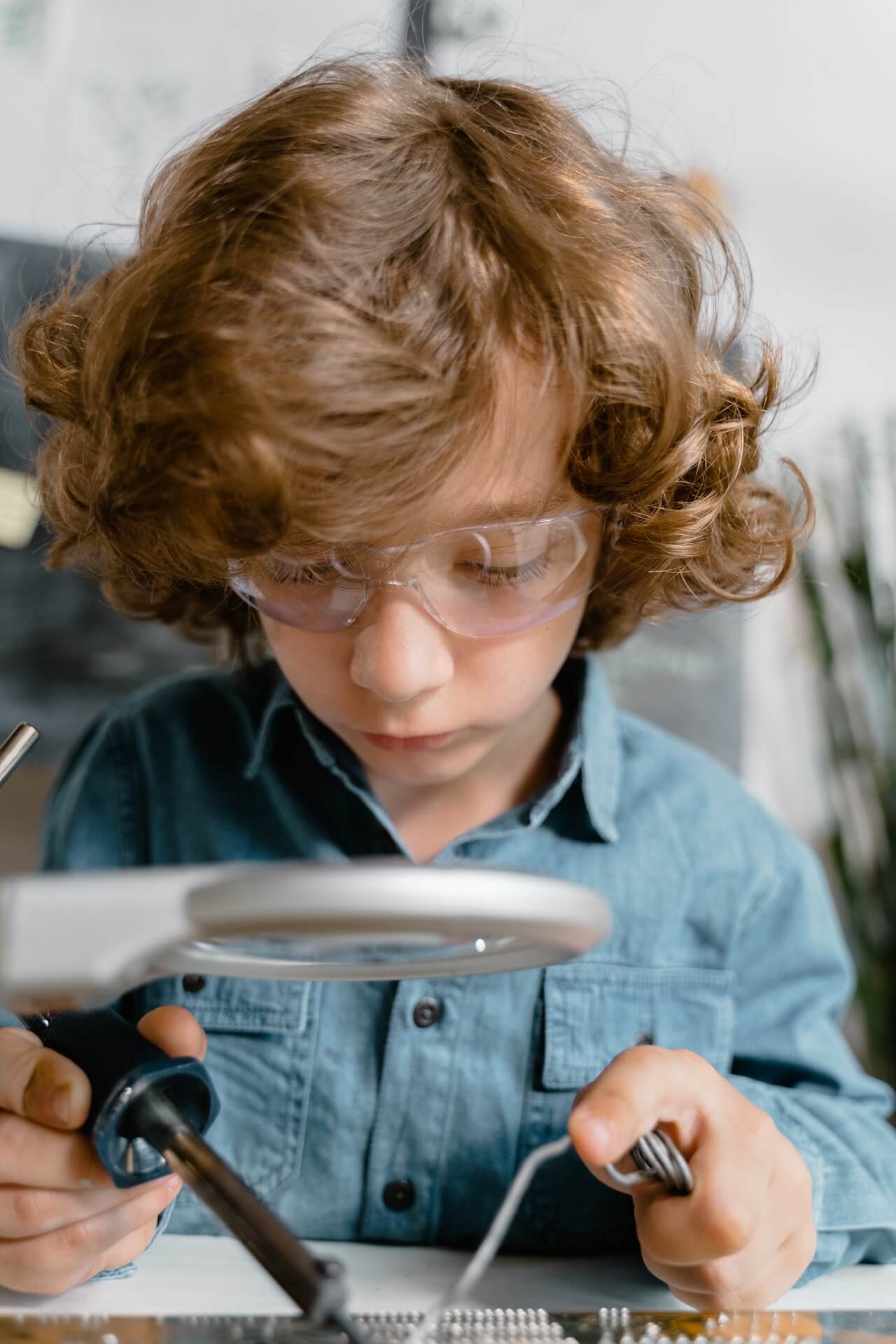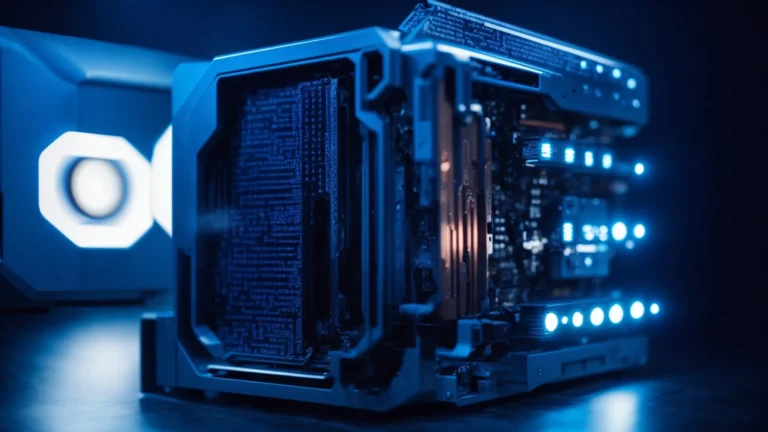Thanks to ever-improving technology and excellent education programs, more people than ever–including college students–are able to innovating on products to make life easier for everyone. If you create an amazing invention, you should definitely patent it. But this becomes a problem for the young inventors out there–especially those who are students, and especially if they’ve used school resources to develop it. The school may have a claim to the intellectual property.
While this may seem like a niche issue, it’s important not to deter young and vibrant minds from doing work to better the world and get the credit due them. If you’re a student who may end up in this situation, think ahead.
Intellectual property ownership
The question of intellectual property ownership is a sticky one. Your university probably has a policy claiming the rights to patentable ideas developed using school resources. You need to look up your school’s intellectual property policy for yourself. As John Villasenor writes in Forbes, very few students have a thorough understanding of intellectual property. You should start to learn the basics now, if only for your own sake.

Know the basics
But what do you do if you don’t even know the basics yet? Since you, as a student, want to file the patent (presumably) on your own and (presumably) under your own name, you may want to seek out legal advice to help you on the application process. Lawtrades has an article discussing pro-bono legal services offered to young entrepreneurs. The gist is that several law schools have partnered with the US Patent and Trademark Office to offer free legal advice advice to young inventors. Not only will legal advice help you navigate the application process, but a lawyer can also help you set up yourself to have fewer problems down the road.
One of those potential problems is conflict with the FDA. According to Creative Mechanisms, a company that develops products, the FDA regulates medical devices according to their perceived risks in three classes. Class I devices carry very little risk with them; Class II carry some risk to the user and need “safety controls”; Class III devices require pre-market approval, since they are often live-sustaining or life-supporting. A prosthetic is a medical device, of course, so you want your device to comply with FDA standards.
Firewall
Finally, as you move forward you will want to build a firewall between the work that you do for the school, and the work that you do on your own. That means you probably have to stop using your school’s 3D printers — sorry. But there are plenty of companies that offer 3D printing services, so you won’t have to spend a lot of time querying “where can I find 3d printing service near me?” You do have to spend a lot of time on the prototyping process.
Go elsewhere
If you have an idea you want to prototype, it may be best to avoid using school property. While a university probably has a fab lab, when you consider the time and energy needed to patent, prototype, and deploy a medical device, you might want to invest in more professional prototyping. You would be able to upload your CAD models and print them through several different processes, whether it’s Fused Deposition Molding (where your model is built through a deposited wire filament), Selective Laser Sintering (where a laser is used to fuse powdered plastics into your part), or something completely different. Advanced prototyping would also allow you to build with “multi-durometer” materials (materials of a different hardness; important for prosthetics).
Furthermore, a professional prototyping company can help you test your product in environments that would be impossible for a college lab to replicate. If you choose professional 3d printers, you can create prototypes that you are ready to be presented, and even used in test environments.
If you want it to stop with patenting and building a prototype, that is fine. But there is another route you could take: selling your product. You can sell your patent, or you can choose to manufacture and sell your invention. If you go either route, you will be happy to have that lawyer we mentioned a few paragraphs ago at your side. However, just to have the patent is impressive enough. Either way, you will be happy you started out on the right foot.












